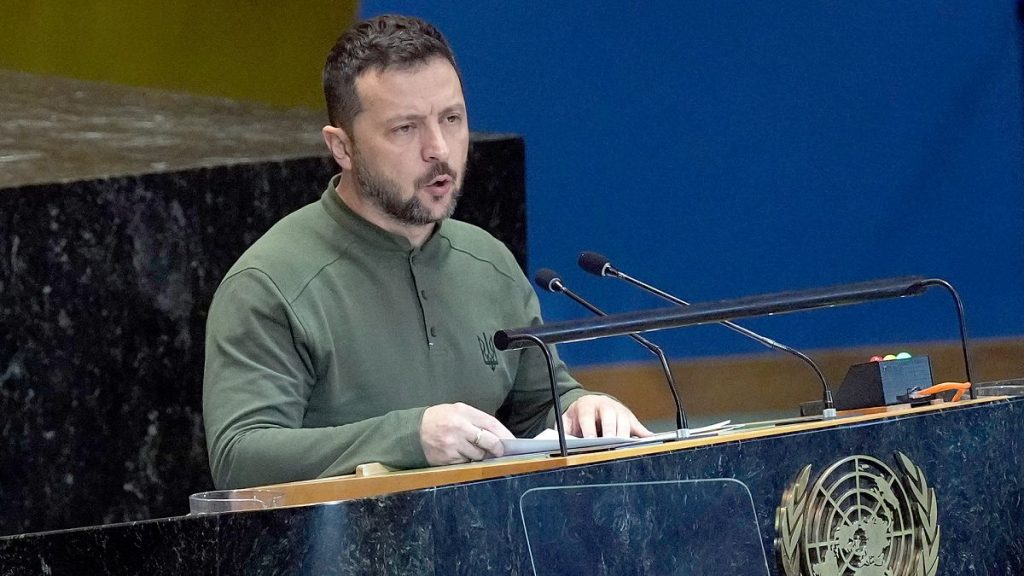President Zelenskyy of Ukraine has been lobbying for the use of Western weapons in Russian territory as part of his “victory plan”, which also includes maintaining territory in Russia’s Kursk region for future negotiations with Moscow. However, experts are sceptical that the Kremlin is willing to negotiate in good faith, as Russia continues to show aggression in the Donbas region. Zelenskyy’s hopes of using Western weapons in Russian territory have been met with resistance, as it could be seen as a serious escalation by Russian President Putin. Despite this, Zelenskyy remains hopeful that the United States will support his plan during his meeting with President Biden.
There is a sense of urgency in Zelenskyy’s offensive plan, with the potential for a change in the White House looming. The Ukrainian president is looking to make decisions from October to December, ahead of a potential shift from the Democrats to a Trump-Vance administration, which may not be as sympathetic to Ukraine. The plan is also viewed as a bridge to a second peace summit, with the possibility of inviting Moscow to participate by the end of the year. Zelenskyy will present his plan to the White House, US Congress, and both presidential candidates, highlighting the importance of quick decisions to prevent delays in the peace process.
Despite Zelenskyy’s efforts, experts believe that convincing Western partners to support his offensive plan will be challenging. There are concerns about the risks involved in allowing strikes inside Russian territory and the potential for serious escalation. President Biden’s cautious approach to aiding Ukraine may also pose challenges for Zelenskyy, as he may not agree to all of the Ukrainian president’s demands. However, Zelenskyy may try to exert pressure on the US during negotiations in the hopes of securing at least some support for his plan.
The situation in Eastern Europe remains tense, with Russia showing no signs of moderating its aggression in the region. Observers believe that negotiations with Moscow may be difficult to achieve, as Putin has announced increased mobilization of troops in recent days. Russia’s continued aggression in the Donbas region has further complicated efforts to negotiate with the Kremlin. Zelenskyy’s attempts to push for the use of Western weapons in Russian territory have been met with resistance, as it is seen as too provocative and risky. Despite these challenges, Zelenskyy remains determined to seek support from Western allies for his offensive plan.
The success of Zelenskyy’s offensive plan hinges on persuading Western allies, particularly the United States, to support the use of Western weapons in Russian territory. However, experts are sceptical that President Biden will agree to such a provocative measure, given the risks involved. Zelenskyy’s discussions with the US may focus on negotiating the extent of support that Ukraine can receive, as Biden may have limits on the aid he is willing to provide. As negotiations continue, Zelenskyy may face tough decisions on how to move forward with his offensive plan while respecting the boundaries set by the United States and other Western partners.
In conclusion, President Zelenskyy’s offensive plan to use Western weapons in Russian territory faces numerous challenges, including resistance from the Kremlin, skepticism from experts, and potential limits on aid from the United States. The urgency of the situation in Eastern Europe, combined with the looming change in the White House, adds pressure to quickly make decisions on how to proceed with the plan. Zelenskyy remains hopeful that he can secure support from Western allies for his plan, but the road to negotiations with Moscow remains uncertain. As tensions continue to escalate in the region, the success of Zelenskyy’s offensive plan will depend on his ability to navigate challenges and secure the support needed to move forward with his strategy.


